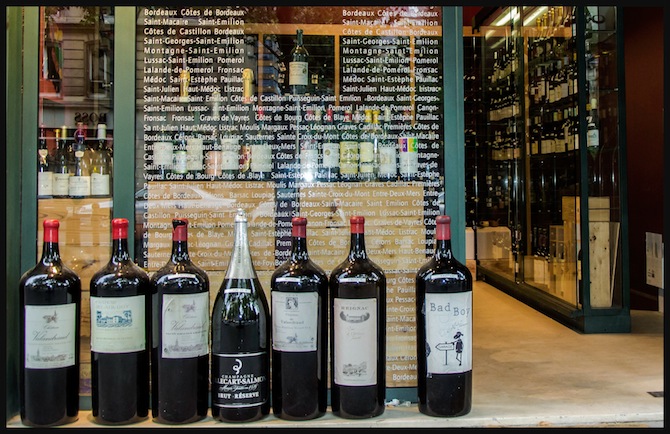The Next Big Thing
 02.12.2013
02.12.2013

The Next Big Thing is a blog-tag of writers answering ten questions about their next book/writing project. Thanks to poet Ren Powell for tagging me this week for my novel, The Book of Twelve. Her imaginative autobiography in formal and free verse, An Elastic State of Mind, was published in Norway in December 2012.
What is the title of your book?
The Book of Twelve.
What is the one-sentence synopsis of your book?
A bright idea by Hermes sparks the twelve Greek gods and goddesses to leave Mount Olympus for Mount Tamalpais where (drawn by the exuberant Dionysian energy of the late ‘60s) they feast on ambrosia and compete to see which of them can tell the best story about the individual members of a Berkeley commune—friends, artists and lovers—whose lives become wildly intertwined.
What genre does your book fall under?
Fiction: interlinked stories.
Where did the idea for the book come from?
From Hermes, the god of bright ideas. My two great passions are fiction and myth, especially Greek myth. I keep looking for a novel that captures the wildness, exuberance and creativity of that tumultuous, transformative time in American cultural history, Berkeley in the '60s, and haven’t found it yet. So I set out to write the story I want to read. I also did a vision quest for thirty years and later discovered that my deconstruction and healing of my own psyche had a deep and surprising link to Greek myth. Could I capture, in one novel, the characters I knew, the outrageous performance art we created, and the nature of that vision? I finished what I thought was a final draft several years ago, and laid it aside. Now, having learned more craft (thanks to an MFA in creative writing at Antioch University, Los Angeles, and extensive study and reading of great novels and epic poems), I’m rewriting it one last time.
How long did it take you to write the first draft of the manuscript?
Too long. And exactly as long as was needed.
Who or what inspired you to write this book?
My muse.
Who will publish your book?
A publisher who loves wild characters, performance art, the counterculture, spiritual quest, love stories, and Greek myth.
What other works would you compare this book to within your genre?
I wouldn’t compare my novel to any, but my models for various aspects of the book are:
1) Homer’s The Odyssey for the characters of the Greek gods and goddesses, as alive in that work as the human characters are.
2) Dante’s The Divine Comedy for the unifying vision that informs the structure of the work.
3) Boccaccio’s The Decameron, for the frame of many (ten) characters telling linked stories.
4) Chaucer’s The Canterbury Tales, for the linked stories told by various pilgrims, which focus on character, in the vernacular language of the time.
5) and 6) two modern examples of linked stories, Denis Johnson’s Jesus’ Son and Junot Diaz’s Drown, about characters in their 20s, lost and found.
What actors would you choose to play the part of your characters in a movie rendition?
This novel would make a great film or TV series. I imagine the same actors playing dual roles, both the gods and goddesses and the characters whose story they choose to tell. I’d pick young actors and actresses with the energy of:
Aphrodite/Ingrid: Penelope Cruz
Hermes/Ariadne: Nicole Kidman
Daedalus/Daniel: Javier Bardem
Artemis/June: Meryl Streep
Apollo/Cheyenne: Jennifer Lopez
Demeter/Camille: Naomi Watts
Athena/Didi: Kate Winslet
Dionysus/Angela: Maggie Gyllenhaal
Zeus/Fox: Joaquin Phoenix
Pan/Ring: Jim Carrey or Chris Rock
Poseidon/Lawrence: Willem Dafoe
Ares/Jesse: Russell Crowe
What else about your book might pique the reader’s interest?
The writing, let’s hope. And the cover would include a photograph by my husband, Richard Beban.
***
Thanks, again, Ren, for tagging me. And here are my tags for Wednesday, February 20:
· Jennifer Genest (whose novel The Mending Wall is the story of small-town hero John Young, a stone mason whose sterling reputation is compromised after he finds the lifeless body of his teenage daughter's best friend in the woods.)
· Susan Griffin (whose novel The Ice Dancer's Tale follows the artistic journey of an ice skater from childhood through a shamanic dance that shifts the energy of the planet.)
· Tara Ison (whose novel Rockaway is coming June 2012 from Counterpoint Press--an artist exiles herself to a house in Rockaway, NY, for a summer that includes: a bizarre relationship with an older musician, emotional demons rearing their heads, an existential crisis spinning out of control. Beach fun!)
· Cassandra Lane (whose memoir, After the Tree, examines the psychological, emotional and spiritual impact that a 1904 lynching has upon four generations of marriages.)
· Eric Schafer (whose The Wind Took It Away - Stories of Viet Nam is a 15-story collection that examines contemporary Viet Nam as it struggles to enter the 21st century whilst clinging to traditions that are thousands of years old.)
· Tori Warner (whose SantaFe, USA is an eye-opening novel about a buried treasure and a Hispanic land-grant family's struggle against America's aggressive take-over in the fervor of 'Manifest Destiny'.)

























